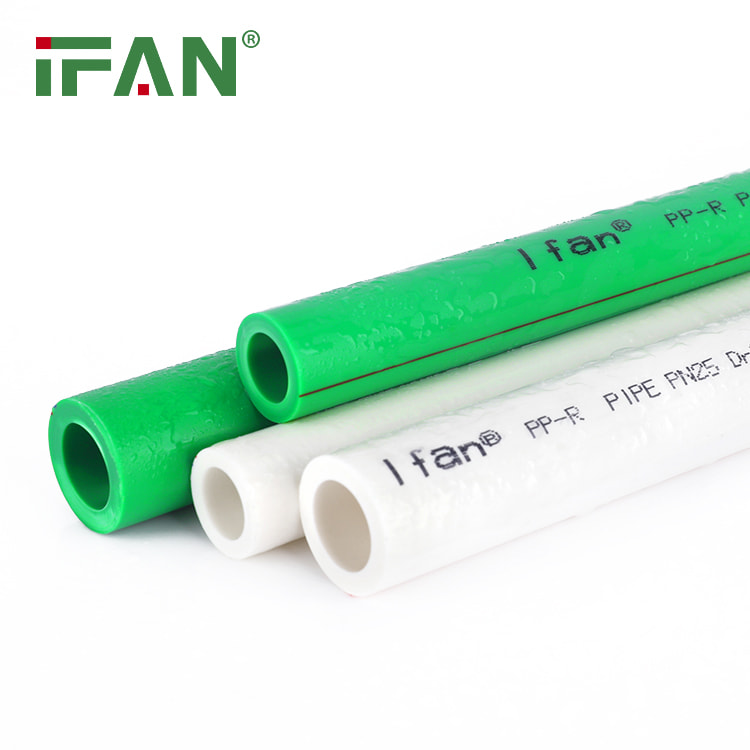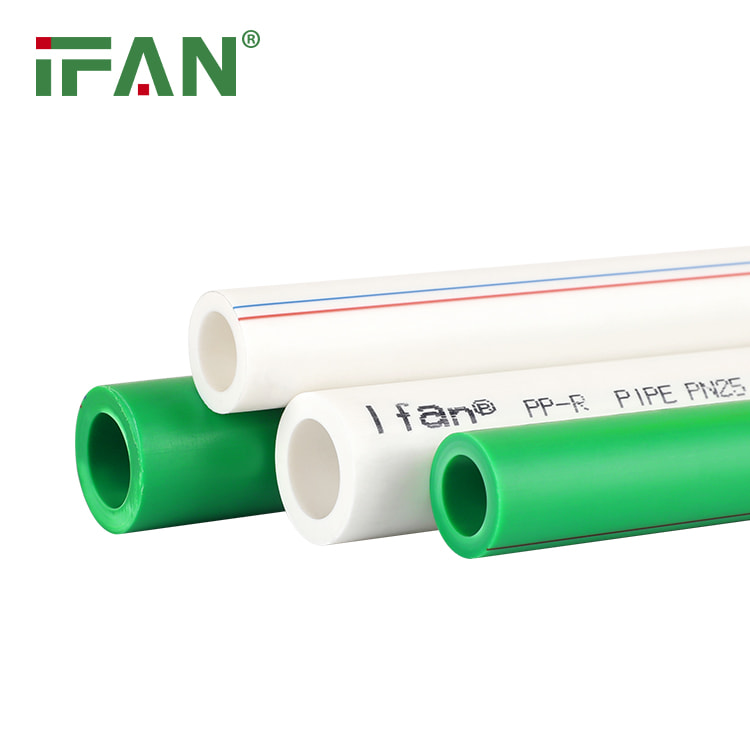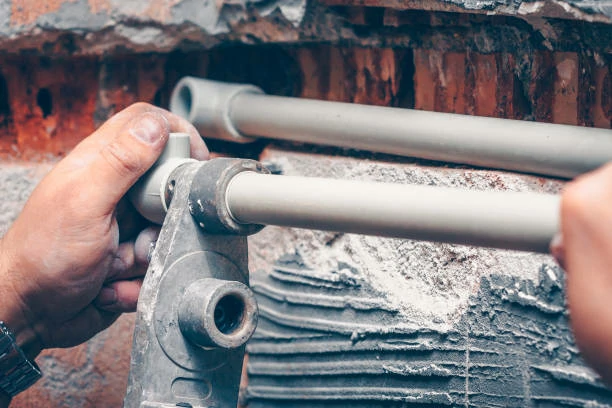Introduction:
In the realm of modern construction, Polypropylene Random Copolymer (PPR) tubes have become an indispensable component, known for their versatility and reliability. Central to unlocking the potential of PPR tubes is a comprehensive understanding of their composition. This article delves into the key components that make PPR pipes a standout choice in the plumbing industry.

PPR Tube Composition
At the core of PPR tubes lies a unique blend of polypropylene random copolymer, a thermoplastic material known for its exceptional properties. This material originates from polymerizing propylene monomers, yielding a copolymer with a random arrangement of propylene and ethylene units. The randomness in molecular structure contributes to the impressive balance of properties exhibited by PPR tubes, making them robust, yet flexible, and resistant to heat and chemical corrosion.
Enhancing Stability: The Role of Additives
To further enhance the performance of PPR tubes, various additives are incorporated during the manufacturing process. These additives serve specific purposes, such as stabilizing the material against the effects of ultraviolet (UV) radiation and oxidative degradation. Additionally, antioxidants are often included to extend the service life of PPR tubes by mitigating the impact of environmental factors. These carefully selected additives contribute to the overall durability and longevity of PPR tubes, ensuring they maintain their structural integrity under diverse conditions.
Seamless Integration: PPR Tube Layers and Construction
PPR tubes typically consist of multiple layers, each serving a distinct purpose in optimizing their functionality. The innermost layer, in direct contact with the transported fluid, resists corrosion and prevents the leaching of harmful substances into the water supply. The middle layer reinforces the overall strength of the tube, providing structural stability and preventing deformation. The outer layer acts as a protective shield, safeguarding the tube against external elements and mechanical stress. This meticulous layering and construction result in PPR tubes that are not only reliable but also adaptable to various plumbing applications.
Conclusion:
In conclusion, anyone involved in the construction or plumbing industry must comprehend the composition of PPR tubes. The synergy of polypropylene random copolymer, strategic additives, and thoughtful layering makes PPR tubes a superior choice for plumbing systems. As advancements in material science continue, PPR tubes stand tall as a testament to innovation, offering a reliable and durable solution for the evolving needs of modern infrastructure. Whether in residential, commercial, or industrial settings, understanding the composition of PPR tubes unlocks their full potential, ensuring efficient and sustainable plumbing solutions.
Contact
IFAN is a manufacturer with 30 years of experience, specializing in plastic pipes, fittings, and valves in China. If you are interested in IFAN’s copper valves, PPR valves, pipes, and fittings, feel free to contact us. IFAN provides various standard pipes to meet your specific needs. Click the link below to explore IFAN’s diverse, cost-effective valve products, as well as related pipeline system products.
We will reply your email or fax within 24 hours.
You can call us at any time if there is any question on our production.
For more information,pls visit our webside https://www.ifanplus.com/
Pls Mailto: [email protected]






